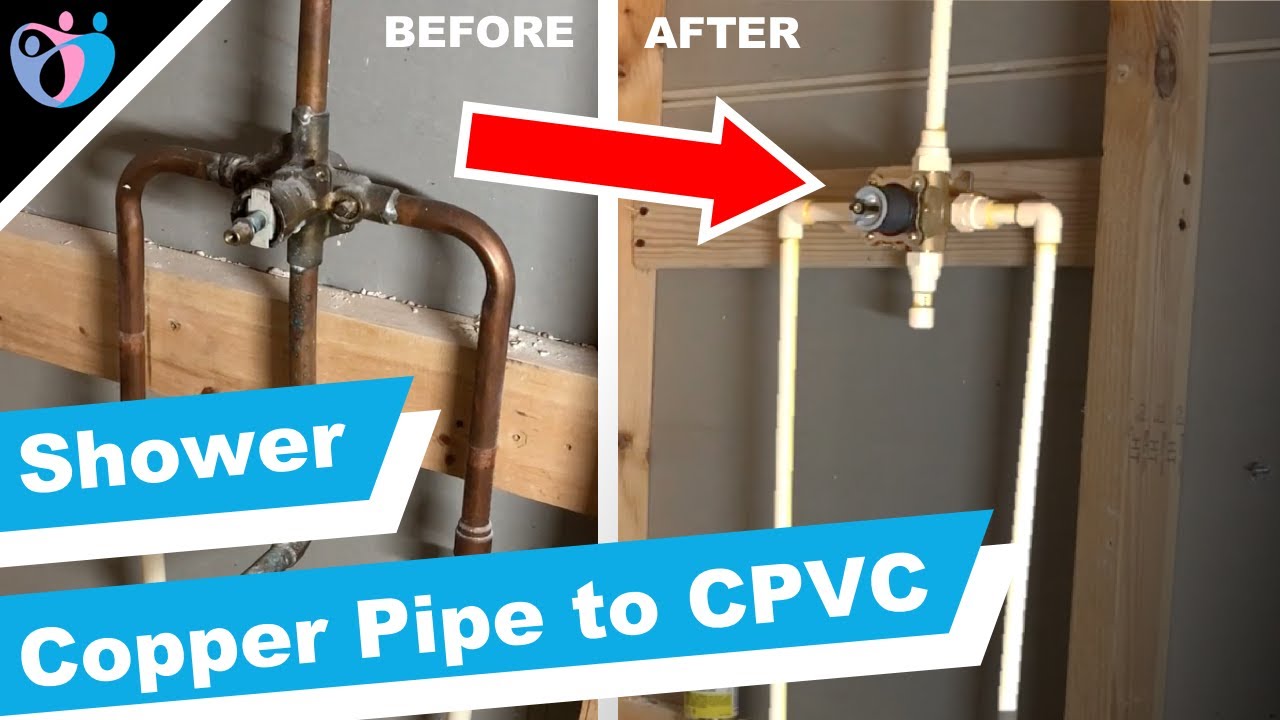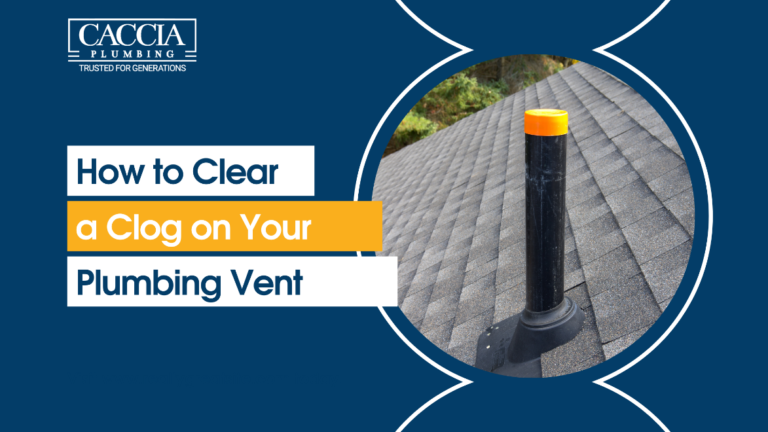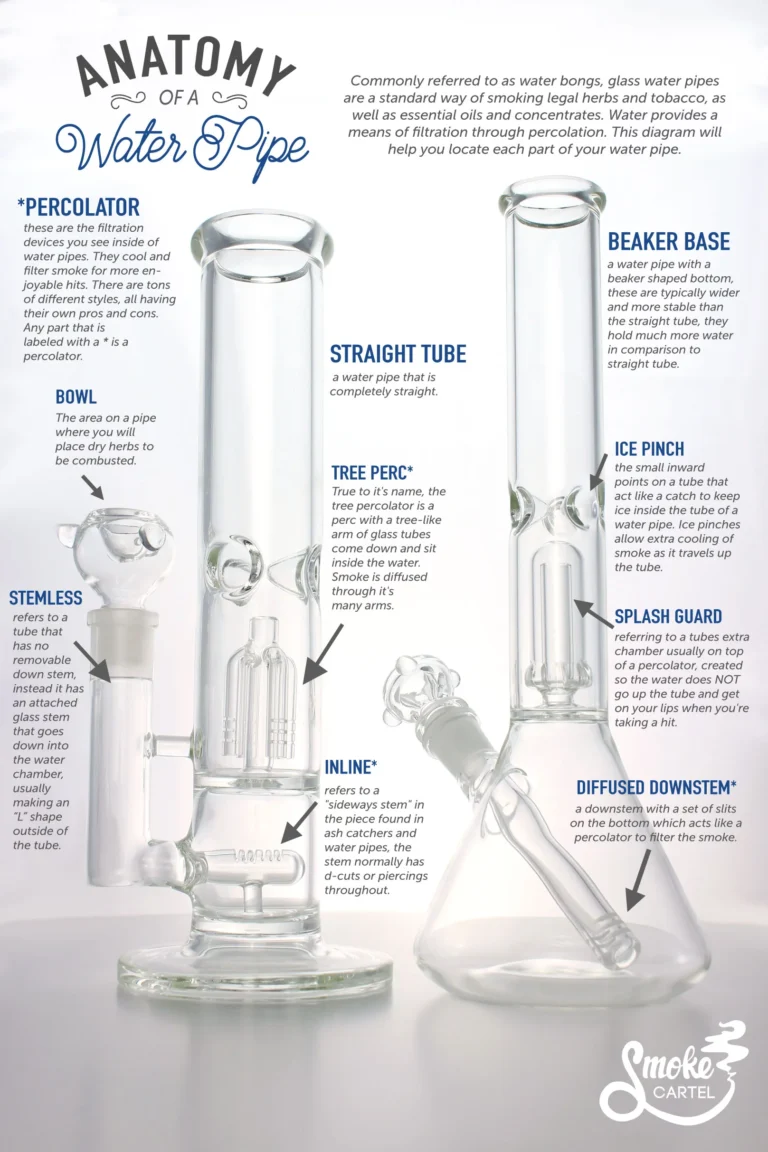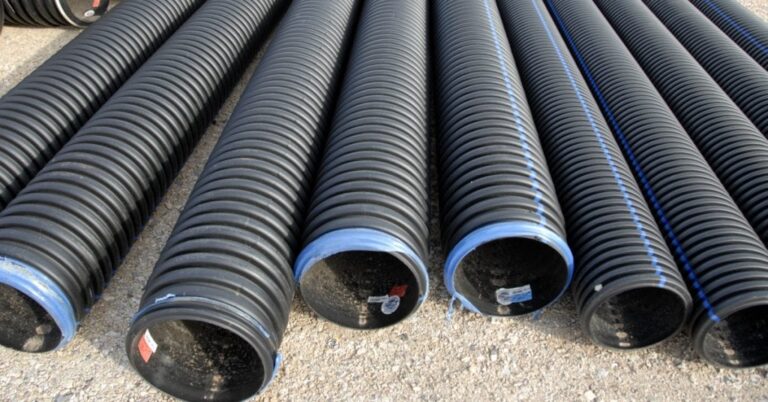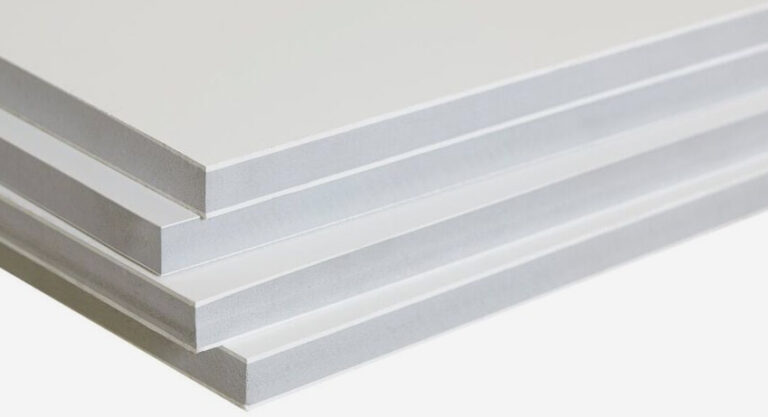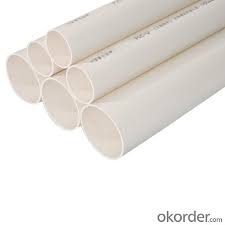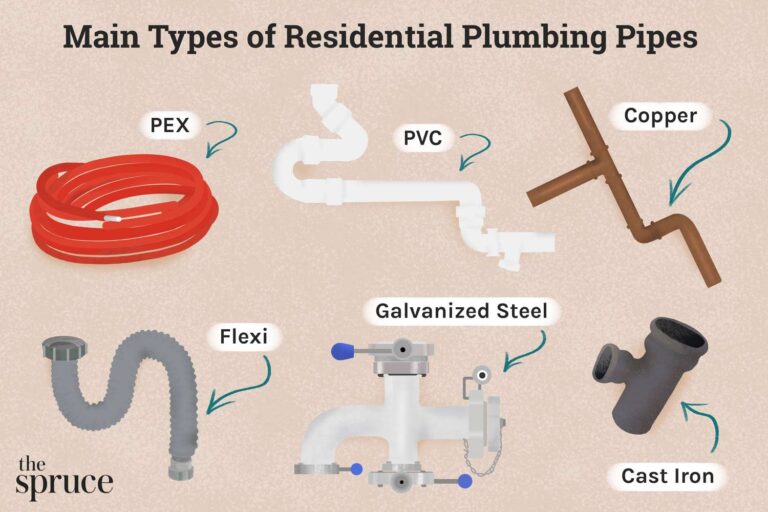How To Replace Plumbing Pipes?
Replacing plumbing pipes can be a daunting task for any homeowner. However, with the right tools and knowledge, it can be a relatively simple job for even the most inexperienced DIYer. This guide will provide you with the necessary steps to successfully replace your plumbing pipes. You will learn about the different types of pipes available, the tools you need, and the steps to take when replacing your plumbing pipes. With the help of this guide, you will be able to successfully replace your plumbing pipes and enjoy the benefits of a new system.
Common Types of Plumbing Pipe
Replacing plumbing pipes is a common home improvement task, but it can be a daunting one if you don’t know what you are doing. To make the job easier, it is important to understand the different types of plumbing pipe available. Each type of pipe has its own unique set of advantages, and it is important to choose the right one for your needs. PVC pipes are the most common type of plumbing pipe and are the most affordable. They are also easy to install and maintain. Copper pipes are the most durable type of plumbing pipe and are often used in areas that are prone to corrosion. Galvanized steel pipes are also durable and are often used in areas that are prone to heavy wear and tear. Cast iron pipes are incredibly strong and are often used for large-scale plumbing projects. Finally, flexible plastic pipes are a great choice for tight spaces or areas with a lot of bends and turns. With the right pipe in hand, you can confidently tackle any plumbing project.
Tools and Materials Needed
Replacing plumbing pipes can be a daunting task, but with the right set of tools and materials, it doesn’t have to be. Before beginning this project, it is important to have the right tools and materials on hand. Depending on the type of pipe being replaced, there are several different tools and materials that may be needed.
For PVC pipes, a hacksaw, PVC primer and cement, PVC cleaning solution, couplings, and pipe straps are necessary for the job. For copper pipes, copper pipe cutters, a propane torch, flux, solder, and pipe straps are essential. For galvanized pipes, a pipe wrench, a hacksaw, and pipe straps are necessary.
It is also important to have the right type of pipe for the job. PVC, copper, and galvanized pipes are the most common types of plumbing pipes. PVC is the most common type used for residential plumbing. Copper is often used for hot water distribution, while galvanized pipes are often used for cold water distribution.
No matter which type of pipe is being used, having the right tools and materials on hand is essential for a successful plumbing pipe replacement project. With the right tools and materials, anyone can easily replace their own plumbing pipes.
Preparing the Pipes for Replacement
Preparing the plumbing pipes for replacement is a crucial step when it comes to replacing your plumbing system. If the pipes are not correctly prepared, then the new system may not be installed properly or there may be leaks. To ensure that the replacement process goes smoothly, it’s important to take the time to properly prepare the pipes.
The first step is to turn off the water supply to the old pipes. This will ensure that no water gets into the new pipes and potentially causes damage. Once the water has been shut off, the next step is to drain the existing pipes. This can be done by opening up any valves in the system, or by using a wet/dry vacuum to suck out any remaining water in the pipes.
After the pipes have been drained, it is important to clean them. This can be done with a wire brush, a chemical cleaner, or a combination of both. This will help to remove any rust, dirt, and debris that may be on the inside of the pipes. Once the pipes have been adequately cleaned, it is time to begin replacing them.
Replacing plumbing pipes can be a tricky process, but by taking the time to properly prepare the pipes beforehand, you can ensure that the replacement goes smoothly and that the new system is installed correctly.

Installing the New Pipes
Replacing plumbing pipes can be a difficult and time-consuming task. It requires careful planning, attention to detail, and the right tools. Knowing the correct steps for replacing the pipes can make the job easier and ensure that you get the best results. Installing the new pipes is the most important step in the process, and it is essential to get it right. The first step is to assess the existing pipes and identify the best course of action. Once you have identified the problem, it is important to determine the correct size of the new pipes. This will depend on the space you have available and the amount of water flow needed. After that, ensure that the pipes are correctly connected with a professional-grade pipe fitting. For a secure connection, it is important to use the correct type of sealant. It is also important to use the correct amount of sealant and to apply it evenly. Make sure that the pipes are securely connected and that the sealant is applied correctly. Finally, test the connection for any leaks or air bubbles. Once the new pipes are installed, it is important to check for any blockages in the pipes. If any are found, it is important to have them removed as soon as possible. By following these steps, you can ensure that your new plumbing system is installed correctly and will provide years of reliable service.
Sealing the Joints
Replacing plumbing pipes can be a daunting task for many homeowners, but with the right information and the right tools, it can be manageable. Sealing the joints of the pipes is key to creating a watertight seal and ensuring the longevity of the new plumbing system.
When replacing plumbing pipes, it is vital to ensure that the joints between the pipes are properly sealed. This can be done using a combination of sealants, clamps, and compression fittings. Sealants, such as plumber’s putty and Teflon tape, are used to fill the gap between the pipes and prevent water from leaking. Clamps are then used to secure the sealant in place, while compression fittings are used to create a tight seal between the pipes.
Before beginning the installation, it is important to make sure that the pipes are clean and free of debris. This will help ensure that the new sealants and fittings adhere properly and create a watertight seal. Additionally, it is important to read the instructions for the sealants and fittings to ensure that they are installed correctly. Following these steps will help ensure that the new plumbing system is safe and secure.
Testing the New Plumbing System
Replacing plumbing pipes can seem like an intimidating task, but with the right tools and a little bit of know-how, it can be done relatively easily. Before you rush into the process, however, it’s important to take the time to test the new system for any potential issues. Doing so can help you avoid costly repairs down the line.
First, turn on the new faucet or shower head to check the pressure of the water and the temperature. If the pressure is low or the temperature is too hot or cold, you’ll need to adjust the valve accordingly. If the water is coming out too quickly, you may need to install a pressure regulator.
Next, check for any water leaks in the pipes or connections. If you find any, make sure to tighten them up. You may also need to use teflon tape to create a waterproof seal.
Finally, make sure to flush the system to help purge any dirt or debris that may have gotten into the pipes. This will also help ensure that the water is clean and free of any contaminants.
By taking the time to properly test the new plumbing system, you can help ensure that it is functioning properly and will remain that way for years to come.
FAQs About the How To Replace Plumbing Pipes?
1. What tools do I need to replace plumbing pipes?
Answer: To replace plumbing pipes, you will need a hacksaw, a pipe cutter, adjustable wrenches, a pipeline reamer, PVC glue, and Teflon tape.
2. Is it difficult to replace plumbing pipes?
Answer: Replacing plumbing pipes can be a difficult task and should only be attempted by someone who has experience with plumbing. If you are not comfortable with the task, it is best to contact a professional plumber.
3. How do I know what size pipes to buy for replacement?
Answer: Before purchasing new pipes, take measurements of the existing pipes. You can then use these measurements to determine the right size pipes to purchase for replacement.
Conclusion
Replacing plumbing pipes can be a complicated and costly job, especially if you are not experienced in plumbing. If you are considering replacing your plumbing pipes, it is best to consult a professional plumber to avoid any costly mistakes. Professional plumbers can provide advice and assistance in replacing plumbing pipes, as well as provide the necessary tools and materials needed to get the job done right. With the right guidance, replacing plumbing pipes can be a relatively simple and cost-effective job.

